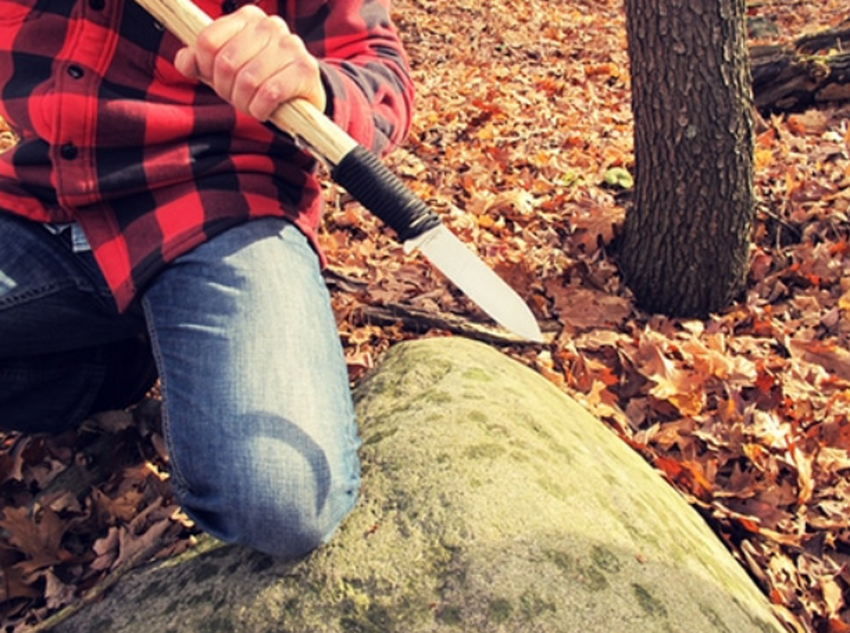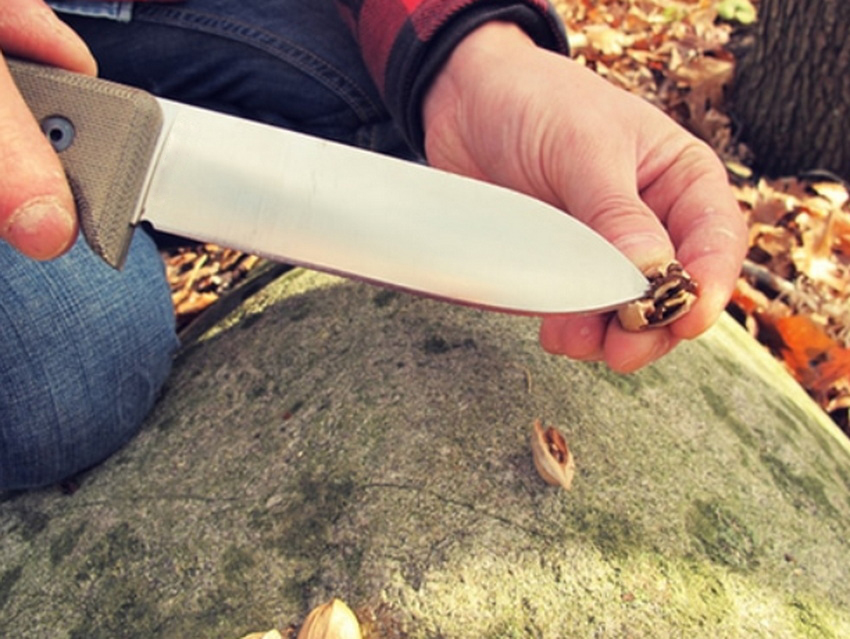![]() Windy
Windy
 WeChat
WeChat
 WhatsApp
WhatsApp
Click:473 seen
A tactical knife is a versatile knife used for tactical tasks, usually with a survival tool on the handle. The development of the tactical knife was due to the need to take on more field tactical tasks. The tactical knife was developed because modern warfare requires knives to take on more tasks. It is a weapon of modern warfare. Tactical knife is also called tactical dagger, is a kind of military knife that can perform a variety of tactical tasks, such as non-conductive, difficult to cut hard objects, etc., has a greater use in war. Compared with the basic bayonet that can only bayonet and the light and flexible dagger, it has a variety of functions such as cutting, cutting, sawing, and cutting high-voltage wires. The handle is usually attached to a survival tool.
Because of the need of modern war field tactics, field tactics assume more tasks. Not only does it need to be able to survive in the field and cope with chores, it also needs to have a combat function. Simply put, a tactical knife is a multi-purpose military knife that can perform a variety of tactical tasks.

The first step is to familiarize yourself with knives before you do anything. Before engaging in any training, one should know the weight, shape and texture of the knife. By understanding the quirks and complexities of the knife, it won't be able to do anything surprising in a real fight.
How to hold a knife is probably the most important thing to learn in a knife fight, if you can't hold the handle firmly, you may cause the knife to fall and you will find yourself in deep trouble. Unfortunately, there is no universal way to teach what constitutes a standard knife grip. So that's why it plays an important role in knife fights, and some handles feel more natural.

Knife grips can be divided into three broad categories: forward grips, reverse grips, and unusual grips. And within these categories there are some variations, including various weapons such as hammers and swords. According to the U.S. Marine Corps Tactical Knife Combat Manual, the hammer grip is preferred over other options because of its ability to adapt to a variety of tactics and the detailed description of the various grips.
The next essential element of knife fighting is stance. Similarly, there are many ways to stand, but research has shown that one of the most appropriate ways to stand is the fencer's stand, which is also known as the triangle stand. This requires placing one foot in front of the body, which allows for better balance and a wider range of motion.

Defense is almost the most important link, you must learn the most basic blocking and protection. Will use the knife to knock down the enemy, must always keep the knife between and the enemy as a buffer. The next element of defense is the shield hand, which, as its name sounds, must keep the hands in position to prevent attacks on the throat and chest. The idea is that if an enemy tries to attack you with a knife, you must use your arm instead of your vital organs.
